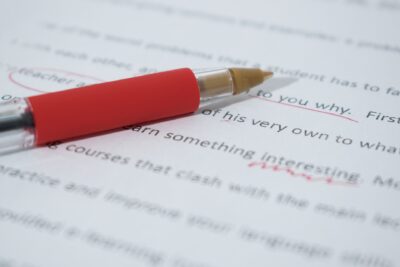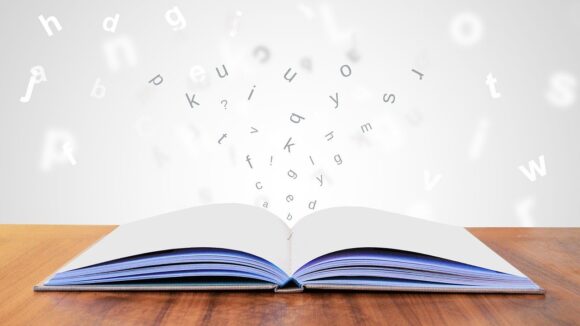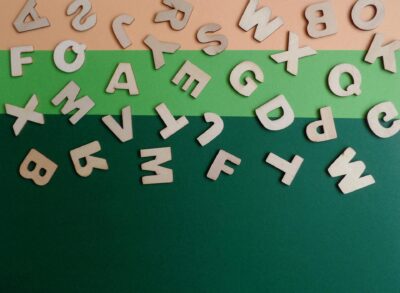
What is the difference between “which” and “that”? There is a difference, even if you might not have realized it. Read on to learn more about when you should use each of these terms.
“That” meaning
“That” is a pronoun or determiner used to refer to a specific person or thing. For instance, you might say, “Every movie that she recommends is depressing” or “Now that we’ve gone to the beach, my summer bucket list is complete.”
“Which” meaning
Similarly, “which” is also a pronoun or determiner. Like “that”, it can be used to identify a person or information about them, such as in the sentence, “The Great Depression, which began in 1929, is widely believed to be the worst financial crisis in American history.”
However, “which” also has other uses, including as a question word that can identify a single object from a larger group. For instance, you might say, “Which movie was your favorite again?” or “I can’t remember, which house is Sarah’s?”
When to use That vs. Which
The big difference between “that” and “which” is the type of clause they appear in. “That” is used in restrictive clauses, while “which” is used in nonrestrictive clauses, per Merriam Webster.
A restrictive clause is a clause that is necessary for the sentence to have meaning, per Dictionary.com. Looking at the above example of “Every movie that she recommends is depressing,” if we were to remove the clause “that she recommends,” the sentence would have a completely different meaning. (And additionally would no longer be true: not every movie is depressing.) That makes this phrase a restrictive clause.
Then look at the above example for “which”: “The Great Depression, which began in 1929, is widely believed to be the worst financial crisis in American history.” While the cause “which began in 1929” adds further context and information to the sentence, it doesn’t alter what the noun is referring to, so it doesn’t substantively change what is being said. That means it’s a nonrestrictive clause, per Dictionary.com.
Tips on when to use That vs. Which
If you’re struggling to figure out when to use “that” vs. “which,” there’s a simple method to determine which term is best. Just try cutting the clause entirely from your sentence. If the clause is removed, does the sentence still have the same meaning? Or are you saying something else entirely? If the meaning has changed without the clause, then it’s a restrictive clause, and you should use “that.” On the other hand, if the sentence still means more or less the same thing, it’s a nonrestrictive clause and you should use “which.”
Another key you can look for is the existence of commas. This isn’t a hard and fast rule, so don’t use it as strict guidance. But, generally speaking, nonrestrictive clauses will be separated out from the rest of the sentence by two commas, one at the beginning of the clause and one at the end. On the other hand, restrictive clauses will not be separated out. If you’re ever looking to fill in the blank on a report, or trying to figure out if a word you’ve written looks right in the context, commas can provide key context clues.
Quiz on That vs. Which
Test your knowledge with our quiz below. Simply fill in the blank, determining whether the correct answer is “that” or “which.” Then check your answers using our answer key.
- The dog, ___ had red fur, was as big as a house.
- The victim was the girl ___ went walking late at night.
- She learned how to speak Spanish before she learned to write it, ___ was the hardest part.
- Ned’s salamander, ___ was constantly grumpy, went missing last Tuesday.
- The poem ___ you wrote for my birthday was very well-done.
- Fluffernutter cookies, ___ were her favorite, were the hardest cookies to make.
- The sweater ___ was mine got stolen by my sister.
- The sweater, ____ was mine, was a beautiful golden-brown color.
- Can you help me find the soda ___ Dad wants?
- The problem was the job ___ she hated.
Answer Key
- Which, 2. That; 3. Which; 4. Which; 5. That; 6.Which; 7. That; 8. Which; 9. That; 10. That
Other Grammar Resources
Brushing up on your English grammar? Be sure to check out some of our other grammar-related blog posts, including our post on Affect vs. Effect and Color vs. Colour.

